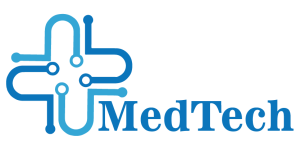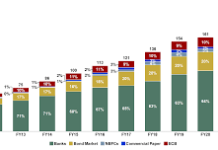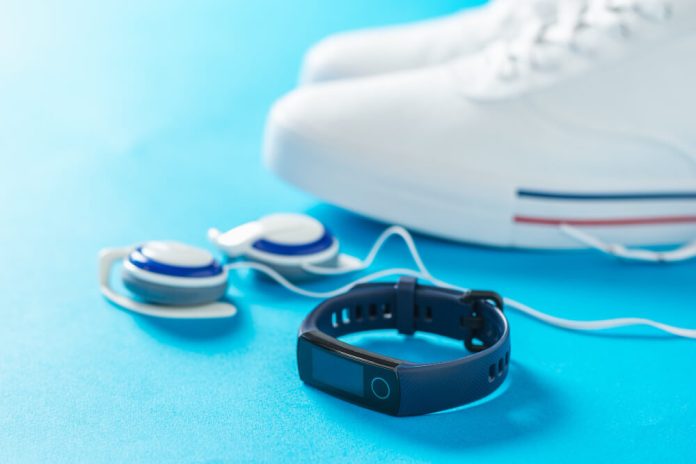The healthcare industry has witnessed remarkable technological advancements over the past decade, with wearable health tech and remote patient monitoring emerging as two of the most transformative innovations.
These devices have transformed how patients manage chronic conditions, track vital health metrics, and interact with healthcare providers. By providing continuous, real-time health data, they allow for more proactive, personalized, and efficient care, enhancing both patient outcomes and overall healthcare system efficiency.
Wearable Health Tech: A New Era of Patient Monitoring
Wearable health tech refers to devices that monitor various aspects of a person’s health in real time. From fitness trackers to medical-grade devices like ECG monitors, these tools collect a variety of data, including heart rate, sleep patterns, physical activity, and even stress levels.
The growth of wearable health technology has been significant, with an increasing number of individuals and healthcare providers recognizing the benefits of continuous health monitoring.
A prime example of wearable health tech is the wearable ECG monitor. These compact devices allow patients with heart conditions like atrial fibrillation (AFib) to monitor their heart’s electrical activity continuously.
Patients no longer need to rely on intermittent, in-office checks, providing them with peace of mind and early warning signs of any irregularities. This kind of proactive monitoring helps healthcare professionals intervene quickly, preventing serious complications and improving long-term health outcomes.
Remote Patient Monitoring: Bridging the Gap Between Patients and Providers
Remote patient monitoring (RPM) is the use of digital technologies to monitor and capture health data from patients outside of traditional healthcare settings. This can include wearable devices, sensors, and mobile apps that transmit data to healthcare providers, enabling real-time monitoring and timely interventions.
RPM is particularly beneficial for patients with chronic conditions like diabetes, hypertension, or heart disease, who need ongoing monitoring but may not be able to visit their doctors regularly.
By collecting health data remotely, patients can maintain a higher level of care without the need for frequent in-person appointments.
For healthcare providers, RPM offers the ability to monitor patients more effectively, making it possible to catch potential health issues early before they become more serious.
Real-Time Health Data: Empowering Patients and Providers
One of the key benefits of wearable health tech and remote patient monitoring is the ability to collect real-time health data. This allows for more dynamic, accurate assessments of a patient’s condition, enabling healthcare providers to make data-driven decisions quickly.
For example, a diabetic patient’s wearable glucose monitor provides continuous updates on blood sugar levels. If levels go outside the recommended range, both the patient and doctor are alerted, allowing quick adjustments to treatment or lifestyle. This real-time feedback helps manage the condition better, reduces complications, and minimizes office visits.
Telemedicine: Integrating Wearables and Remote Monitoring
Telemedicine, a remote healthcare delivery method, has gained popularity due to the COVID-19 pandemic. The integration of wearable health tech and remote patient monitoring enhances the value of these tools, allowing providers to virtually connect with patients, access real-time health data, and adjust treatment plans without leaving the patient’s home.
Telemedicine combined with wearable devices and remote monitoring is especially useful for individuals in rural or underserved areas where access to healthcare may be limited. It makes healthcare more accessible, reducing barriers like travel time and geographic limitations and increasing convenience for both patients and healthcare providers.
The Future of Wearable Health Tech and Remote Monitoring
The use of wearable health tech and remote patient monitoring has the potential to revolutionize healthcare by enhancing data accuracy and integrating predictive analytics into care models. This will enable earlier health issue detection, personalized treatment options, improved patient outcomes, and reduced healthcare costs.
Furthermore, as the technology continues to evolve, we can expect even more sophisticated devices capable of monitoring a broader range of health parameters. This could lead to a future where personalized healthcare is the norm, with patients receiving care that is tailored to their specific needs, delivered in real-time, and available at the touch of a button.
The Impact on Healthcare Efficiency and Cost
Wearable health tech and remote patient monitoring can significantly reduce healthcare costs by shifting from traditional in-person visits to remote monitoring. This can save time and money for patients and healthcare systems, reducing unnecessary emergency visits and readmissions due to gaps in continuous care.
With RPM, healthcare providers can focus on high-priority cases, providing more efficient care and freeing up valuable resources. Additionally, patients can avoid unnecessary doctor visits and receive timely interventions when required, thus reducing the overall cost of managing chronic conditions.
Overcoming Challenges: Data Security and Integration
Despite the promise of wearable health tech and remote monitoring, there are still challenges to overcome, particularly around data security and system integration. The continuous flow of sensitive health data from wearables and monitoring devices requires robust encryption and privacy protections to safeguard patient information.
Moreover, healthcare systems must invest in technologies that can integrate data from various devices into electronic health records (EHRs). This integration ensures that healthcare providers can access a comprehensive view of a patient’s health, regardless of the device or platform being used.
Conclusion
Wearable health tech and remote patient monitoring are transforming healthcare by improving access to care, empowering patients, and providing healthcare providers with personalized, efficient care tools. As technology evolves, real-time health data and telemedicine play crucial roles in enhancing patient care and reducing costs.
With continued innovation, wearable health tech and remote patient monitoring are expected to become integral parts of mainstream healthcare, driving better outcomes and a new era of personalized, patient-centered care.
I hope you find the above content helpful. For more such informative content, please visit Medtechreporter.











